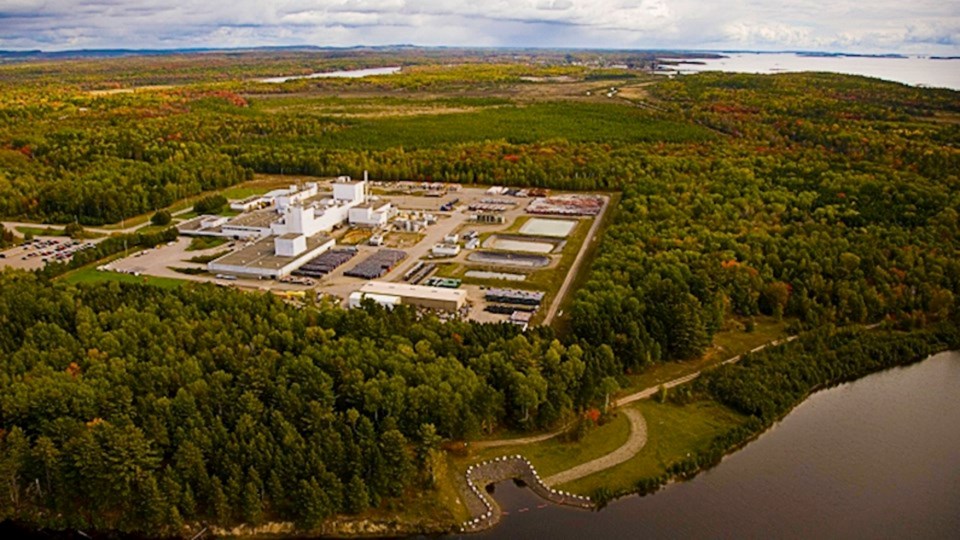Cameco's nuclear fuel refinery near Blind River is getting a new regulatory lease on life.
The Canadian Nuclear Safety Commission (CNSC) announced its decision to renew the Class IB nuclear fuel facility licence held by Cameco for its Blind River Refinery.
The facility is south of Mississauga First Nation and five kilometres west of the Town of Blind River.
This licence renewal authorizes the continued production of uranium trioxide (UO3) from uranium ore concentrates by Cameco at the Blind River Refinery. Cameco applied for a licence renewal last September. The renewed licence is valid until February 28, 2032.
The commission's decision follows a virtual public hearing last November. The renewed licence authorizes Cameco to continue operating the refinery.
In making its decision, the commission said it considered oral and written submissions from Cameco, CNSC staff and 50 intervenors. CNSC invited input from Indigenous Nations and communities, members of the public and stakeholders.
Want to read more stories about business in the North? Subscribe to our newsletter.
After reviewing all submissions, the commission concluded that Cameco is qualified to carry out the refining activities. It also concluded that Cameco will make adequate provision for the protection of the environment, and the health and safety of persons.
The renewed licence contains a licence condition to impose a hold point before Cameco can increase its annual production capacity at the refinery from 18,000 tonnes of uranium as UO3 to 24,000 tonnes.
The Blind River Refinery opened in 1983. It's the world's largest commercial uranium refinery. The facility refines uranium concentrates, also known as yellowcake, to produce uranium trioxide (UO3), which is a product of the nuclear fuel cycle.
Uranium ore concentrates are shipped to Blind River from mines around the world, including those in Canada, Australia and the United States. The UO3 is then shipped to the Port Hope Conversion Facility for further processing. The facility includes a processing plant, water treatment plant, power plant, and analytical labs.




